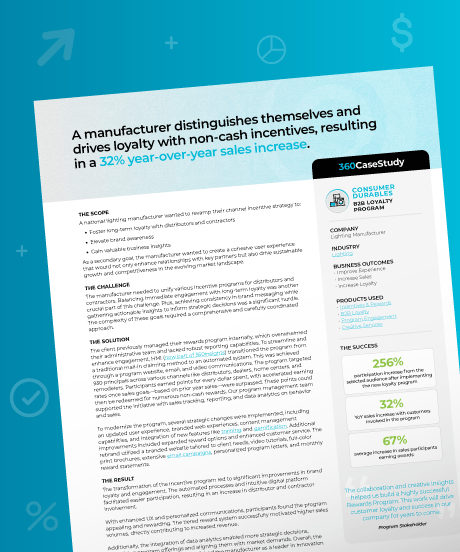The Internet of Things (IoT) refers to a system of physical devices that are interconnected, allowing them to exchange and share data over the internet. This connectivity allows for automation, monitoring, and smarter decision-making. These devices range from home appliances to industrial equipment, all equipped with sensors, software, and internet access.
Key components of IoT include:
- Sensors and Devices: Collects data from the environment or user interactions
- Connectivity: Enables the transfer of data between devices and systems, typically using Wi-Fi, Bluetooth, or cellular networks
- Data Processing and Analytics: Analyzes the collected data to generate actionable insights
- User Interfaces: Allows end-users to interact with the IoT ecosystem, often through mobile apps or web platforms
- Automation and Control: Enables devices to perform tasks or respond to conditions without manual intervention
In practice, IoT is commonly used in smart homes, where connected devices like thermostats, lighting systems, and security cameras optimize energy consumption, convenience, and safety.
IoT is essential as it transforms industries through improved efficiency, real-time insights, and predictive maintenance. It also enhances daily life by enabling convenient and personalized experiences. Businesses and individuals alike benefit from IoT's ability to reduce costs, increase innovation, and drive smarter decision-making.
Simplify Program & Processes for Success

Case Study
Consumer Durables: Improving long-term loyalty through a cohesive user experience
A national lighting manufacturer wanted to switch up their channel incentive strategy in order to increase brand awareness and improve long-lasting relationships with distributors and contractors.
By creating a cohesive user experience - including the integration of training and gamification within this points-based rewards program and optimizing the engagement and comms strategy - this led to significant improvements in brand loyalty and increased revenue.
Learn how the program automations also improved the internal stakeholders reporting capabilities.
